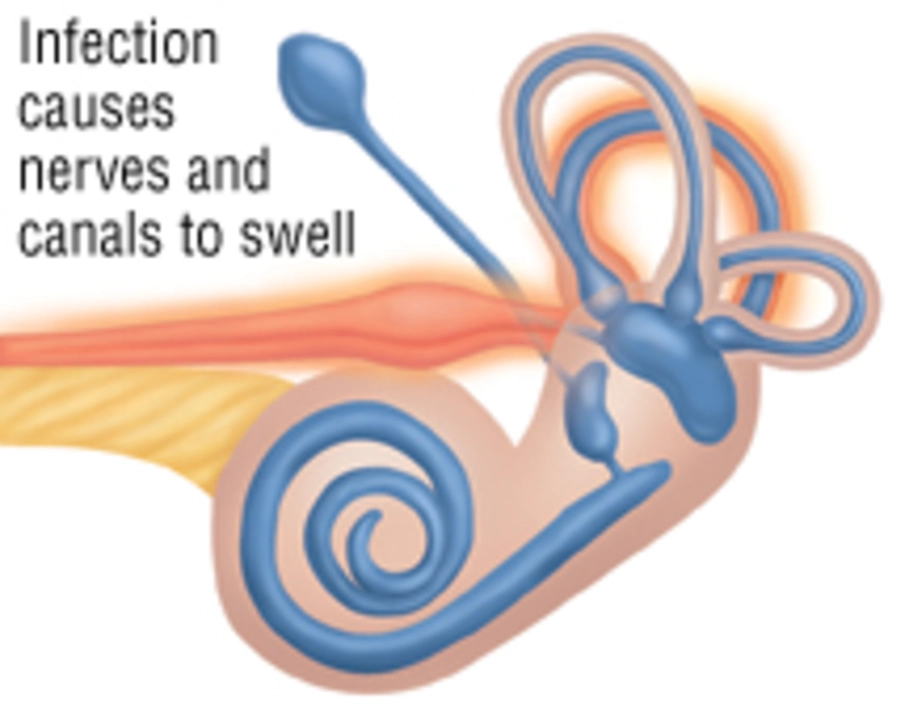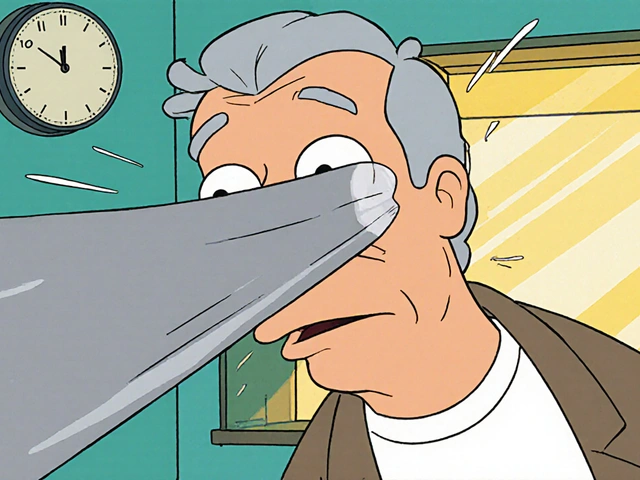Vestibular neuritis: causes, symptoms, treatment, and recovery
Vestibular neuritis hits the balance system in the inner ear, usually suddenly. You might wake up with violent spinning, nausea, and trouble standing. Hearing is typically normal — that helps tell it apart from labyrinthitis. Most cases follow a viral infection, like a cold or the flu.
Symptoms often peak in the first 48 to 72 hours. Expect intense vertigo, trouble focusing your eyes, nausea, vomiting, and a sense that the world is moving. You may feel unsteady for days or weeks. Anxiety often makes the dizziness worse, so staying calm matters.
How doctors diagnose it
Your doctor will ask about symptoms and recent infections. They’ll do a physical exam that includes an eye movement test and a balance check. A common bedside test is the head impulse test; abnormal results point to a peripheral vestibular problem. If there’s any doubt, especially with severe headache, speech problems, or weakness, imaging like an MRI will rule out a stroke or other brain issues.
Lab tests usually aren’t needed, but hearing tests help confirm that hearing is intact. That difference matters because vestibular neuritis affects balance nerves but not the cochlea that controls hearing.
Treatment and at-home care
Early treatment focuses on relief. Doctors often prescribe short-term vestibular suppressants (meclizine, dimenhydrinate) for severe vertigo and anti-nausea meds if needed. Steroids are sometimes used in the first days to reduce inflammation, though evidence varies. Antibiotics or antivirals aren’t usually helpful unless a bacterial infection is suspected.
Rest during the worst phase is fine, but long bed rest can slow recovery. Start gentle head movements as symptoms ease. Vestibular rehabilitation therapy (VRT) (VRT) — guided head, eye, and balance exercises — speeds recovery and reduces relapse risk. A physical therapist who specializes in vestibular disorders can tailor exercises to your needs.
Typical recovery timeline: severe vertigo often lasts 1–3 days, intense symptoms reduce over 1–2 weeks, and balance improves over 4–12 weeks. If you still struggle after three months, see a specialist promptly for more testing or advanced therapy.
Home tips that help: keep the room dim during attacks, avoid sudden head turns, eat bland small meals if nausea is present, and stay hydrated. Use support when walking until balance improves. If anxiety or panic take hold, breathing exercises and short walks can help break the cycle.
Most people improve substantially over weeks to months. Balance often recovers faster than confidence—fear of falling can linger. If symptoms persist beyond three months, VRT and follow-up with an ENT or neurologist are important. Persistent or worsening symptoms require re-evaluation to check for alternative causes.
When to seek urgent care: sudden severe headache, double vision, weakness, slurred speech, or face numbness. Those signs suggest a possible stroke, not vestibular neuritis, and need immediate attention.
Quick summary: vestibular neuritis causes sudden vertigo usually after a viral illness, doesn’t typically affect hearing, and responds well to short-term meds plus vestibular rehab. With proper care most people get back to normal balance and life.




